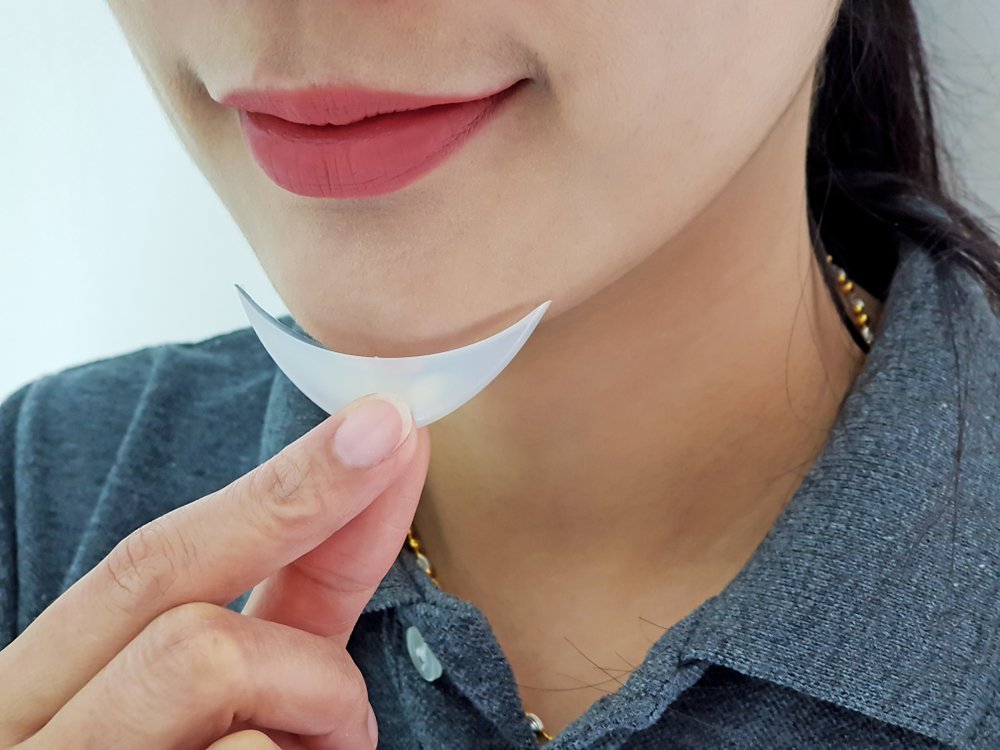The placement of a chin implant can significantly affect both the surgical outcome and the healing experience. Two main techniques are used: the submental (external) approach and the intraoral (internal) approach. Each has its own set of benefits, limitations, and healing characteristics.
1. Submental Incision (External Approach)
Overview:
The submental approach involves making a small incision under the chin (in the natural crease). Through this external opening, the surgeon creates a pocket over the bone and inserts the implant.
Incision Location:
- A 1.5–2 cm incision in the crease just beneath the chin.
- Well-concealed in most patients due to natural shadowing and skin fold.
Advantages:
- Excellent visibility and control: The external approach offers better visualization, allowing precise implant placement.
- Lower risk of contamination: Since the incision avoids the mouth, there’s less exposure to oral bacteria.
- More secure implant pocket: Greater accuracy in shaping and securing the implant to the bone.
Disadvantages:
- External scar: While usually minimal and well-hidden, there is still a permanent scar.
- Potential sensitivity: Some patients may notice mild numbness or tightness in the incision area during healing.
Healing Experience:
- Typically less swelling than intraoral.
- Lower risk of infection.
- Scar generally fades well over 3–6 months.
Best For:
- Patients concerned about infection risk.
- Those who don’t mind a small, hidden scar.
- Surgeons who prefer direct visualization and precision.
2. Intraoral Incision (Internal Approach)
Overview:
In the intraoral approach, the incision is made inside the mouth, between the lower lip and the gums. The implant is inserted through this opening and placed over the chin bone.
Incision Location:
- On the inner side of the lower lip, inside the mouth.
- Completely hidden—no external scar.
Advantages:
- No visible scar: Ideal for patients concerned about any skin marks.
- Minimally invasive appearance: All surgical work is internal, which can appeal to patients focused on aesthetics.
Disadvantages:
- Higher risk of infection: The mouth contains bacteria, increasing the chance of implant contamination.
- Less control during placement: Limited visibility can make accurate positioning more challenging, especially for complex cases.
- Longer healing time: More swelling, tenderness, and movement restriction post-surgery.
Healing Experience:
- More discomfort initially due to oral swelling.
- May require a liquid or soft diet for several days.
- Risk of temporary lip numbness or tightness.
- Must maintain excellent oral hygiene to prevent infection.
Best For:
- Patients highly concerned about external scars.
- Those willing to manage slightly more complex aftercare.
- Surgeons experienced with internal access techniques.
Comparison Summary Table
| Feature | Submental (External) | Intraoral (Internal) |
|---|---|---|
| Incision Location | Under the chin | Inside the lower lip |
| Scar Visibility | Minimal but external | None (completely hidden) |
| Infection Risk | Low | Higher due to oral bacteria |
| Healing Time | Faster, fewer restrictions | Slower, dietary/cleanliness needs |
| Post-op Comfort | Generally more comfortable | Can cause more swelling/discomfort |
| Implant Control | Excellent visibility and precision | Slightly less precise |
| Best For | Patients OK with minor external scar | Patients who want no visible scar |
Final Thoughts
Both techniques are effective and widely used. The choice often depends on your surgeon’s recommendation, your personal priorities (like scar visibility), and your willingness to manage specific aspects of post-op care. A board-certified facial plastic surgeon will guide you through the decision-making process based on your anatomy, implant type, and aesthetic goals.




